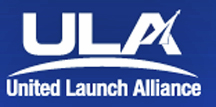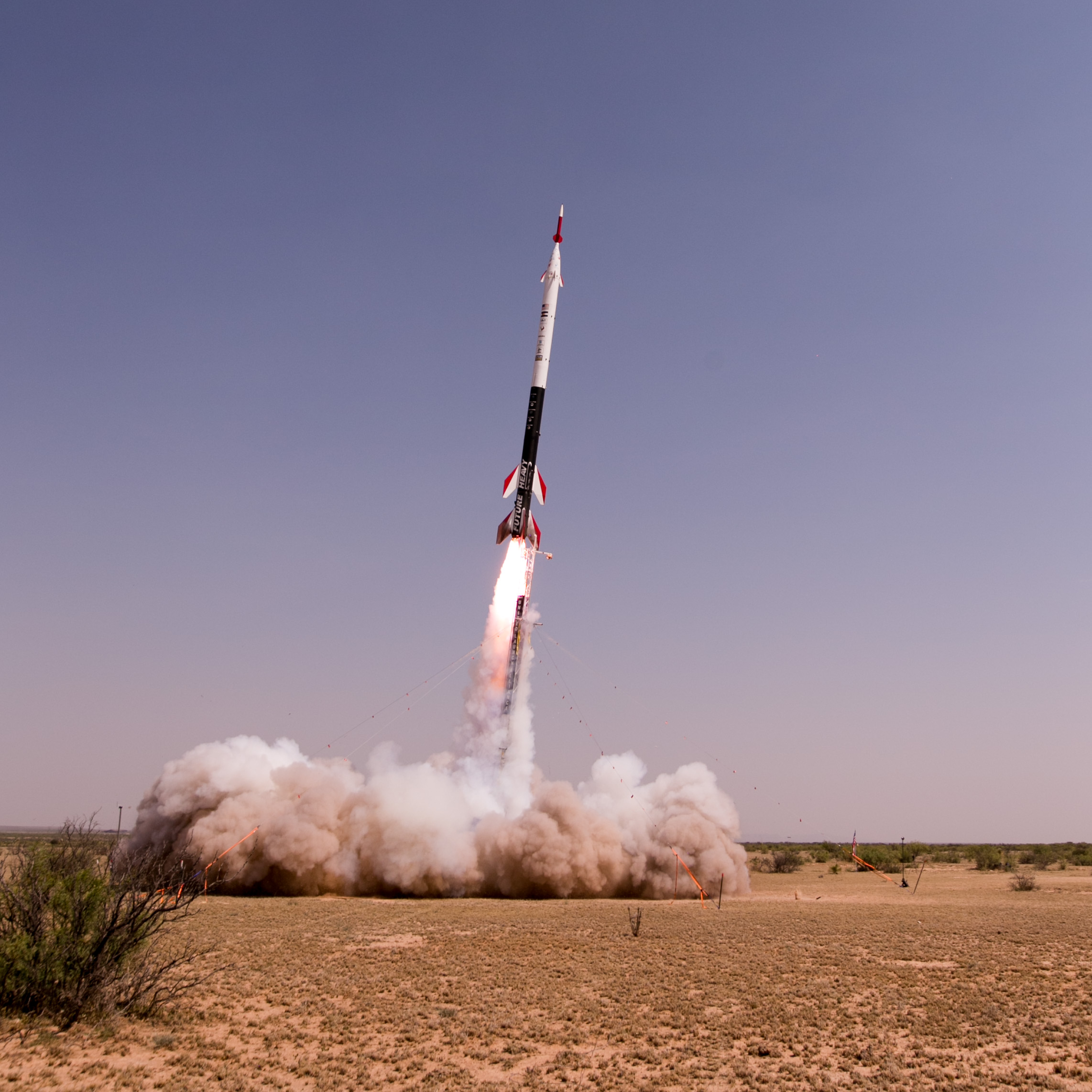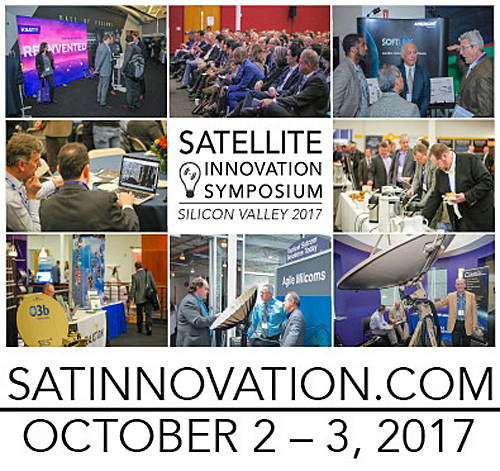

A 53-foot-tall high-power sport rocket carried payloads thousands of feet above the New Mexico desert on June 24 at Spaceport America.
United Launch Alliance (ULA) summer interns designed, built and launched the Future Heavy rocket, which carried 16 payloads (experiments and instruments) built by K-12 students, Ball Aerospace mentors and a combined ULA/Roush Industries team. The rocket launched at the Spaceport America Cup International Intercollegiate Rocket Engineering Competition in association with the Experimental Sounding Rocket Association (ESRA).

Future Heavy is the largest sport rocket to launch anywhere in the world, breaking the record set previously by ULA in 2016, when the rocket towered at 50 feet. The launch marked the culmination of an experience designed to simulate a real-life launch campaign and inspire students from kindergarten through graduate school to pursue careers in science, technology, engineering and math (STEM).
Working on their own time, ULA interns designed, built and launched the rockets with the guidance of mentors, and Ball Aerospace mentors volunteered their time to create and test their payload. Altogether, more than 50 interns and 8 mentors from ULA along with Ball mentors participated in the 2017 event.

ULA and Roush Industries teamed up on a payload to test next-generation technology planned for use on future ULA rockets. The ULA and Roush payload will test a number of Integrated Vehicle Fluids (IVF) system components. IVF uses an internal combustion engine, manufactured by Roush Industries, that runs on propellant boil-off, otherwise vented to waste, to provide power to enable long-duration missions for the upper stage.

The Future Heavy and its payloads weighed in at more than 1,350 pounds and generated approximately 8,000 pounds of thrust off the launch pad. The K-12 payloads included a swarm of small gliders to gather atmospheric data, a test of various methods to harvest the energy of descent and a kindergarten parachute experiment.
Ball designed, built and tested the largest payloads including: a black box data recorder; an environmental sensor suite with on-board data storage; accelerometer, pressure, temperature and humidity sensors; and a parafoil using ram-air inflation.
 Earlier this year, ULA’s Greg Arend, who leads the Student Rocket Launch project, received the Distinguished Engineering Educator Award by the Engineers’ Council for his work on the program over the last five years. Over that time, hundreds of interns across all five of ULA’s sites participated in this unique, hands-on STEM activity and worked to build Future Heavy, the world’s largest high-powered sport rocket.
Earlier this year, ULA’s Greg Arend, who leads the Student Rocket Launch project, received the Distinguished Engineering Educator Award by the Engineers’ Council for his work on the program over the last five years. Over that time, hundreds of interns across all five of ULA’s sites participated in this unique, hands-on STEM activity and worked to build Future Heavy, the world’s largest high-powered sport rocket.Tory Bruno, the ULA president and CEO, noted that the future of the space industry lies in the interns and students designing, building, and launching Future Heavy and the payloads it carried. United Launch Alliance continuously works to encourage the next-generation of rocket scientists, astronauts, space entrepreneurs and enthusiasts. The sky (and physics) is the limit on the creativity and ingenuity at the Student Rocket Launch.”
Rob Strain, the president of Ball Aerospace, commented that this program demonstrates a collaborative real-world aerospace industry partnership and experience.

